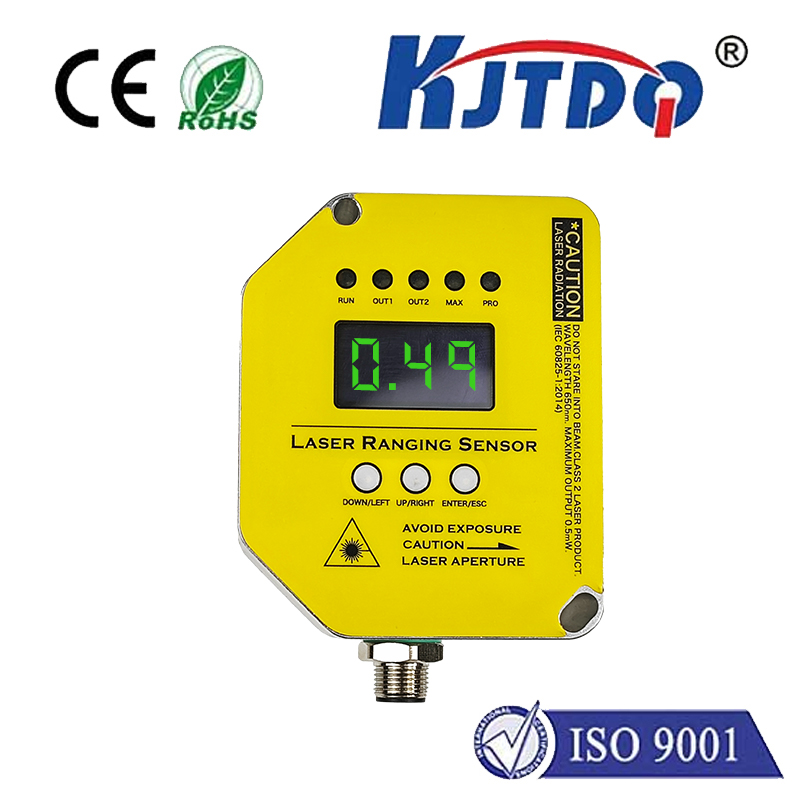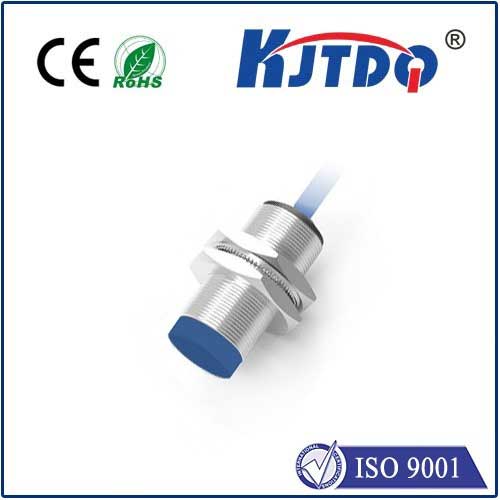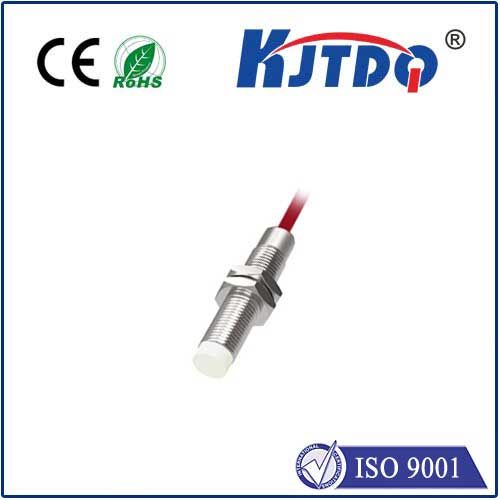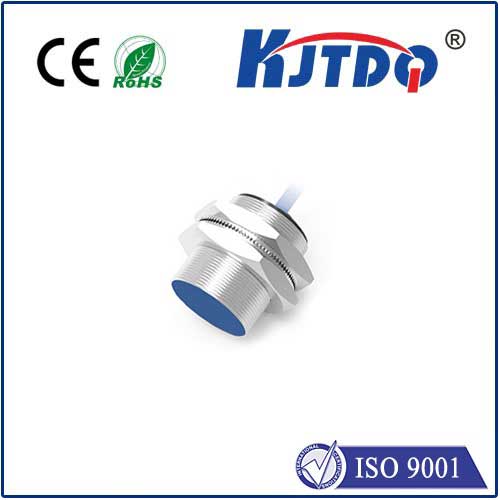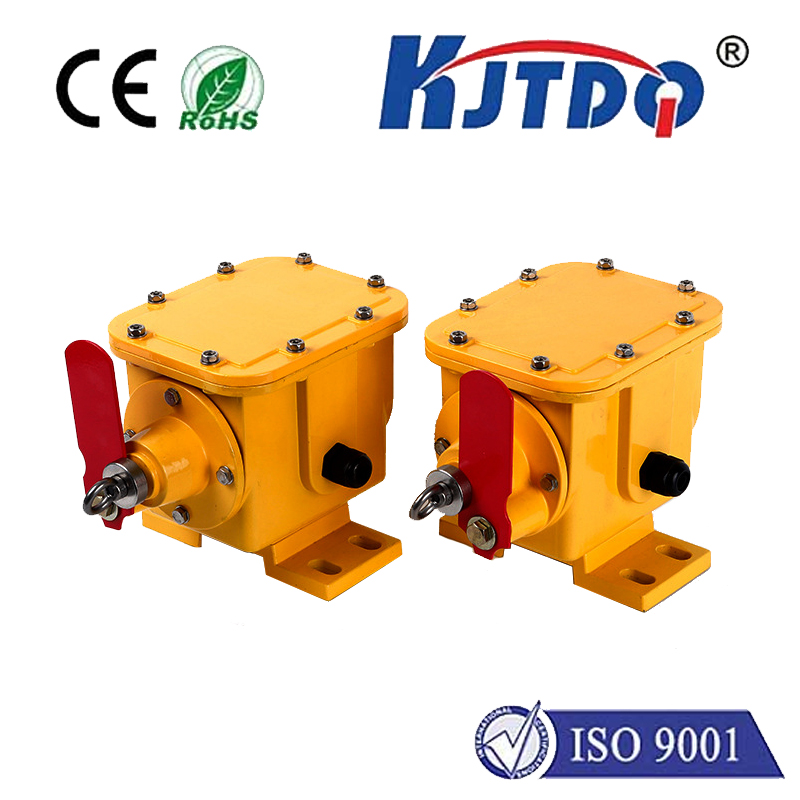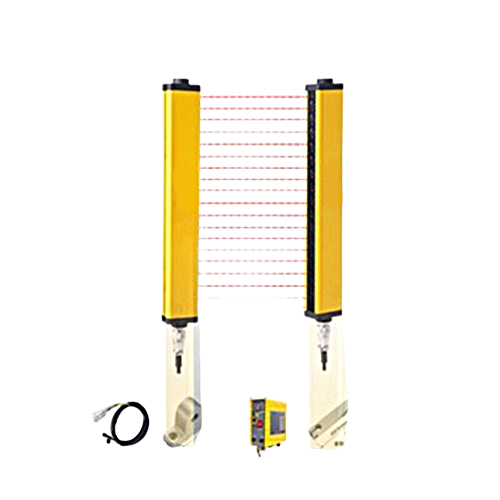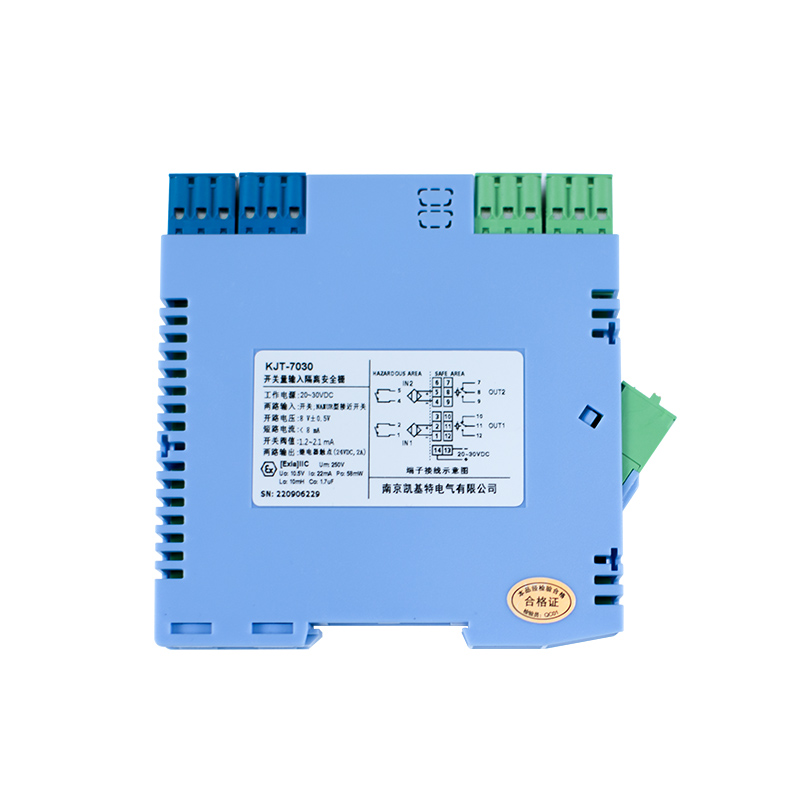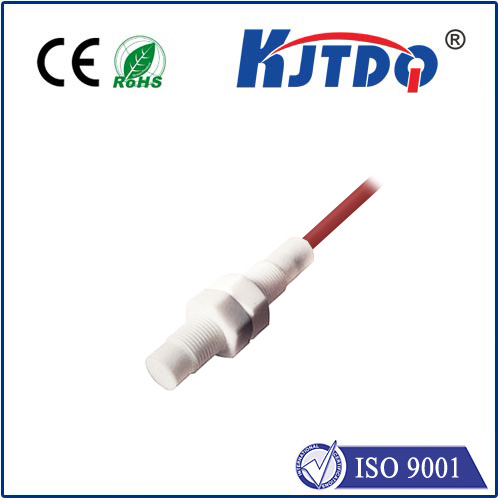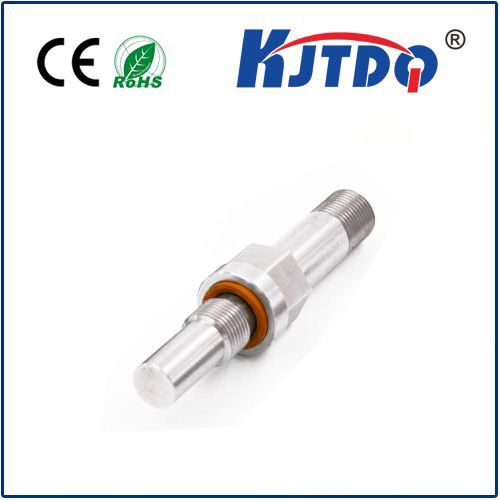ldr laser sensor
- time:2025-08-29 02:33:37
- Click:0
Unlocking the Invisible: How LDR Laser Sensors Power Detection & Safety
In a world fascinated by cutting-edge tech, it’s surprising how often simple, reliable solutions form the backbone of critical systems. Take the ubiquitous laser beam – a marvel of focused light used in everything from surgery pointers to industrial cutters. But how does a machine know when that precise beam is broken, signaling an object’s presence or a safety breach? Often, the answer lies not in complex computers, but in a remarkably straightforward component: the Light Dependent Resistor (LDR) laser sensor. Understanding this pairing reveals a world of elegant, cost-effective detection.
The Humble LDR: Reacting to Light
At its core, an LDR, also known as a photoresistor, is a passive electronic component. Its defining characteristic? Its resistance dramatically changes based on the intensity of light falling upon its surface. In darkness, an LDR exhibits very high electrical resistance (often megaohms). When exposed to light, especially bright light, its resistance plummets (down to hundreds or even tens of ohms). This fundamental property makes it a natural, analog light sensor.
LDR Meets Laser: A Detection Powerhouse
So, how does this translate into a laser sensor? The concept is beautifully simple:

- Laser Source: A focused laser beam (visible or infrared, depending on the application) is directed precisely towards the LDR sensor.
- The Threshold: The LDR is placed directly in the path of this beam. Under normal conditions, the concentrated laser light keeps the LDR’s resistance consistently low.
- The Interruption: When an object interrupts the laser beam, the LDR is suddenly plunged into (relative) darkness.
- Resistance Shift: This darkness causes the LDR’s resistance to skyrocket.
- Signal Generation: A simple circuit (like a voltage divider coupled to a comparator or microcontroller input) detects this significant resistance change. This abrupt shift in resistance translates into a clear voltage change, interpreted as a signal: “Beam Broken!”.
This principle transforms the LDR-laser duo into a highly effective presence detector or safety interlock.
Why Choose LDR Laser Sensors?
In an era of sophisticated cameras and complex LiDAR, the LDR laser sensor system holds its ground due to compelling advantages:
- Simplicity & Cost-Effectiveness: LDRs are incredibly inexpensive components. Combined with a basic laser diode and simple circuitry, the overall system cost is very low compared to many alternatives. This makes them ideal for high-volume applications or budget-conscious projects.
- Robustness & Reliability: LDRs have no complex moving parts or intricate digital processing. They are inherently robust, handle a wide range of environmental conditions reasonably well (though not extremes like direct rain or heavy dust on the sensor surface), and offer reliable operation over long periods.
- Clear Digital-Like Signal: The drastic resistance change caused by the focused laser beam creates a near-digital On/Off signal. This is easy for even basic microcontrollers or logic circuits to interpret reliably, minimizing false triggers and simplifying integration.
- Fast Response: Standard LDRs react quickly enough for most practical intrusion detection or object counting applications involving typical human or object movement speeds. Response times are usually in the tens of milliseconds range.
- Long Range Potential: With a sufficiently powerful laser and a well-aligned setup, LDR laser sensors can detect beam breaks over surprisingly long distances (tens of meters), useful for perimeter security or monitoring large areas.
Crucial Applications: Where LDR Laser Sensors Shine
The elegance of this technology translates into widespread use:
- Intrusion Detection & Security: Perhaps the most classic application. Invisible infrared (IR) laser beams form a grid across doors, windows, or hallways. Any beam break immediately triggers an alarm. The simplicity and low cost allow for complex coverage patterns.
- Industrial Automation: Used for object detection on conveyor belts (counting bottles, detecting missing components), verifying package presence, or ensuring parts are correctly positioned before a machine cycle begins. Their reliability is key.
- Position Sensing: Detecting the open/closed state of doors, shutters, or machinery guards. Acts as a vital safety interlock, preventing operation if a guard is not secured.
- Level Detection: Sensing the presence (or absence) of material in a bin or hopper by positioning a laser beam just above the desired level. A broken beam indicates low material.
- Aligning Machinery: Ensuring precise alignment between moving parts or tools by confirming a laser beam hits its target LDR.
- The Classic Garage Door Safety: Think about the safety sensors on either side of your garage door. Many utilize an IR laser beam transmitter on one side and an LDR-based receiver on the other. If the beam is broken (by a person, pet, or object) while the door is closing, the resistance surge signals a safety stop, preventing the door from closing and causing injury. This is a prime example of robust, life-saving simplicity.
Important Considerations and Limitations
While powerful, LDR laser sensors aren’t a universal solution:
- Ambient Light Sensitivity: This is the biggest challenge. Bright ambient light falling directly onto the LDR can lower its resistance even if the laser beam is broken, potentially leading to missed detections. Solutions include:
- Using modulated (pulsing) lasers and tuned receiving circuits that only respond to the specific pulse frequency, ignoring constant ambient light.
- Employing optical hoods or tubes to shade the LDR from stray light while allowing the laser beam in.
- Using infrared lasers and LDRs specifically sensitive to IR, reducing interference from visible light.
- Careful physical positioning to minimize stray light exposure.
- Limited Precision: They detect presence/absence of the beam, not distance or precise position along the beam path. For detailed profiling, other technologies are better suited.
- Environmental Factors: Heavy dust, fog, condensation, rain, or direct strong sunlight hitting the LDR surface can interfere with reliable operation or saturate the sensor. Requires environmental protection or alternative solutions in harsh settings.
- Alignment: Precise and stable alignment between the laser and the LDR is critical for long-term reliability. Vibrations or physical knocks can disrupt the beam path.
- Response Time: While fast for many applications, they are slower than dedicated photodiodes or phototransistors. Not suitable for ultra-high-speed detection.
Optimizing Your LDR Laser Sensor Setup
For reliable performance, consider these best practices:
- Choose the Right LDR: Select an LDR with a suitable dark resistance, light resistance, and spectral response matching your laser wavelength (especially if using IR).
- Modulate the Laser: As mentioned, this significantly improves immunity to ambient light. Simple 555 timer circuits or microcontroller PWM outputs can achieve this.
- Proper Circuit Design: Use a voltage divider configuration feeding into a comparator or microcontroller ADC. The comparator provides a clean digital signal when the resistance change crosses a defined threshold.
- Shielding is Key: Always physically shield the LDR from extraneous light sources using tubes, hoods, or enclosures while ensuring an unobstructed path for the laser.
- Stable Mounting: Ensure both laser transmitter and LDR receiver are securely mounted to prevent misalignment due to vibration or thermal expansion.
- Regular Maintenance: Periodically check alignment and clean optics (lenses, sensor window) from dust or grime.






